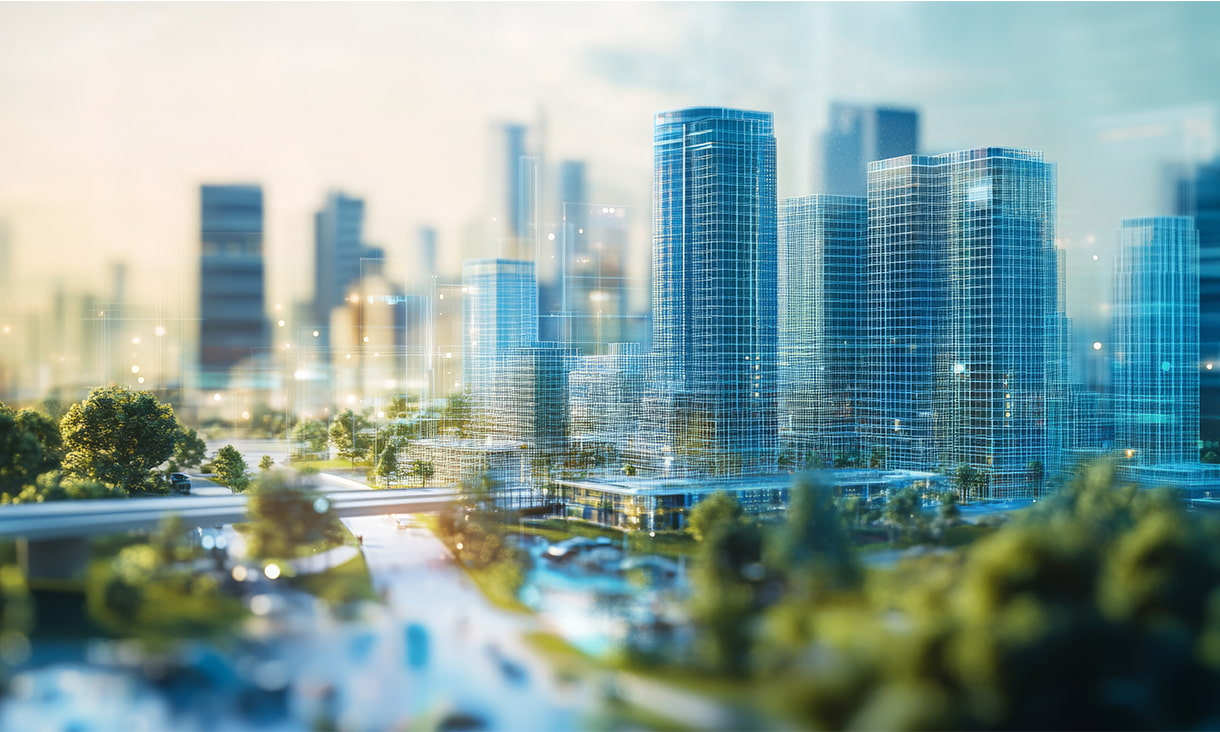Read Part 1 of this Article here.
Is anecdotal evidence of this kind sufficient for making the case that Bitcoin is greener than is commonly reported? Not necessarily, but these examples do suggest that we are missing information that may be important. In this post, I discuss why we need to pay attention to the choices of miners and the context in which mining occurs. I also discuss the kinds of research methods that would help us to understand miners’ preferences, including where preferences might extend beyond self-interest and into collectively defined choices.
Miners are often discussed as the part of the system where an unintended concentration of power has emerged in what was designed to be a distributed system. The geographical distribution of mining in China is also concerning as it suggests the possibility of state interference (Beijing city recently announced it will begin collecting information from data centres on the proportion of their computational power used for Bitcoin mining).
The question of how much energy is used in Bitcoin mining is also related to hardware; the development of ASICs increased computing power and made it unfeasible for households to compete with large Bitcoin enterprises except through mining pools.
The possibility that Bitcoin may be greener than the modelling suggests sits both within and beyond the design of the technology; the reward for participating in mining, as well as constraints such as the halvening, do generate some expected and predictable behaviours, including more mining when Bitcoin prices rise. Yet mining is also influenced by external factors, which may include the needs of other industries, and the values of users.
The system dynamics modelling presented in Jiang et al. (2021), which I critiqued in the first post, consists of three interacting ‘subsystems’: the “Bitcoin blockchain mining and transaction subsystem, Bitcoin blockchain energy consumption subsystem, and Bitcoin blockchain carbon emission subsystem” (2). The model does factor in the updating of mining hardware, changes in the hash rate, and profit to cost ratio. The energy cost, however, “is determined by the network energy consumption and average electricity price” with the inputs being regional data on the proportion of coal-based and hydro-based energy. The model is used to simulate the carbon footprint of Bitcoin mining in China under different policy scenarios.
Using the regional proportion of coal-based and hydro-based energy is where this model may fall apart. The stories we hear of Bitcoin mining occurring as a way to use up surplus energy in industrial processes or to stabilise the otherwise inconsistent renewable energy input into grids tell us that something else is going on that deserves further investigation. How do we do that?
We first need to accept that models are only as good as the assumptions they make. I am not opposed to the development of prediction models or index research; I am part of the team that produces the Australian Digital Inclusion Index. However, I have learnt from experience that models are most useful as a starting point for in-depth qualitative research and dangerous when used as the sole basis of policymaking.

“Renewable Energy Development in the California Desert” by mypubliclands is licensed under CC BY 2.0
Where to next?
Amartya Sen won the Nobel Prize in economics for his work on choice theory, which seeks to understand how events will unfold by looking at people’s choices (such as the prisoner’s dilemma [1]). In preference-based theory of rational choice under certainty, a set of alternatives are specified and the agent then orders these in a consistent way (the ‘rational’ part). And yet Sen was sceptical of the ability to understand choice outcomes without knowing a person’s underlying preferences [2]. This scepticism became key to his development of the capability approach, which looks beyond a person’s rights to their actual ability to achieve well-being and freedom.
I arrived at Sen’s work when researching digital inclusion in remote Aboriginal communities in the mid-late 2000s when internet access in remote communities was known to be much lower than elsewhere in Australia. The pervading assumption at the time was that Aboriginal people wanted to access internet from public facilities rather than the home because they were not taking up home internet plans where available. Over the next six years or so I worked on a research project with two Indigenous organisations who put computers in households. Through ethnographic research — talking to people in those communities and helping them with their computing problems — we found that the assumptions were incorrect.
The reason why people did not have home internet was to do with billing: in an economy characterised by demand-sharing, one person’s internet was likely to be consumed by a wide network of kin. Not only did this make it hard for people to manage bills, but it also made sense to hold out for someone else to pay. As mobile reception began to be introduced into these communities over subsequent years our findings were confirmed. We began to see high rates of internet adoption in places that had mobile reception and little to none in places that were satellite-only. Satellite home internet was post-paid only, whereas mobile internet could be pre-paid. While people still used each other’s mobile devices, it was also possible to deny them use by saying that you had no data.
When confronted with the choice of post-paid satellite internet and pre-paid mobile internet, people chose the latter. However, when post-paid satellite internet was their only option, they chose to go without internet altogether — a dealbreaker scenario that only made sense by understanding group norms. While their choices were about their own individual welfare (not spending money for a service that would get used up by others), the preferences could only be understood by knowing the dynamics of demand-sharing, informed by practices that were in existence long before the internet (or, for that matter, the uninvited arrival of a self-interest-based economy).
We concluded that a lack of information about preferences — quite obvious when Aboriginal norms and culture were taken into account — was leading to policy decisions that did not serve Aboriginal people residing in remote areas.
Sen also disputes the assumption that an individual’s choices are based on her or his individual welfare, and that the agent does not consider others’ welfare in making choices. When making choices, people can have different orderings based on social norms and may make choices that serve the interests of the community. The issue of green Bitcoin needs to be understood in this way.
For instance, earlier this year I had a conversation with a VC who was interested in whether Bitcoin mining could be used to expand infrastructure for renewable energy. The Seetee shareholder letter, quoted in the previous post, suggests that this may already be happening. Square also recently published a memo that argues that Bitcoin mining is an energy buyer of last resort that can help solve intermittency and congestion problems with solar and wind, “allowing grids to deploy substantially more renewable energy”. Ark Invest produced an open source cost model to accompany the memo, which shows that that solar could satisfy 99% of a grid’s demand when the energy provider is mining Bitcoin, up from 40% when they are not.
As a qualitative researcher, this tells me that the story of Bitcoin’s carbon footprint is not over. There are new factors coming into play, including pressure from institutional investors who will want to know that the Bitcoin they are holding is not contributing to climate change. If we abandon Bitcoin now, we might lose the potential for an ‘economic battery’ that provides a crucial link in stabilising energy infrastructures. Or a technology asset that provides income for people living in very remote parts of the world.
Perhaps I am wrong and these efforts will not be enough to change the Bitcoin system. We won’t know unless we undertake qualitative research on the wider system of infrastructures and the preferences of actors in the wider socio-technical system.
I am therefore putting it out there now: if you are a Bitcoin miner or someone who is working to make mining sustainable, please get in touch. I’d also love to know if there is an existing community discussing these issues, such as a discord or telegram group.
Author: Professor Ellie Rennie
About me: I am a Professor at RMIT, working across the RMIT Blockchain Innovation Hub and the Digital Ethnography Research Centre. I am also an Associate Investigator (AI 🤖) of the ARC Centre of Excellence for Automated Decision-Making and Society. I acknowledge the support of the Australian Research Council, FT19010372.
I use Medium for work-in-progress communication and may change my views and analysis as the work progresses. I welcome constructive and respectful feedback from blockchain practitioners. DM me on Twitter @elinorrennie or email ellie.rennie@rmit.edu.au
Notes
[1] In the prisoner’s dilemma game, two convicts, held in separate cells, are given the choice to protect their fellow convict and not admit to the crime, or confess to the crime, thereby giving up their partner. If the convict chooses to inform on their partner then they will be set free and their fellow-convict is jailed. If both choose to protect their partner then both receive a lower sentence, as there is not enough evidence to convict either of the full crime. If both choose to admit to the crime then both are jailed for a medium sentence. When the convicts do not know each other’s choice, the logical ‘play’ is to defect (turn in their partner) regardless of whether the partner chooses to defect on their fellow-convict or not. However, when the game is run where the second convict is informed that the first is willing to collude (cooperate) with them, or when the first player is told that their choice will be communicated to the second player, in the majority of cases players choose to collude (extract from my book with Aneta Podkalicka).
[2] Christopher W. Morris provides a good overview of this in his introduction to this book.








